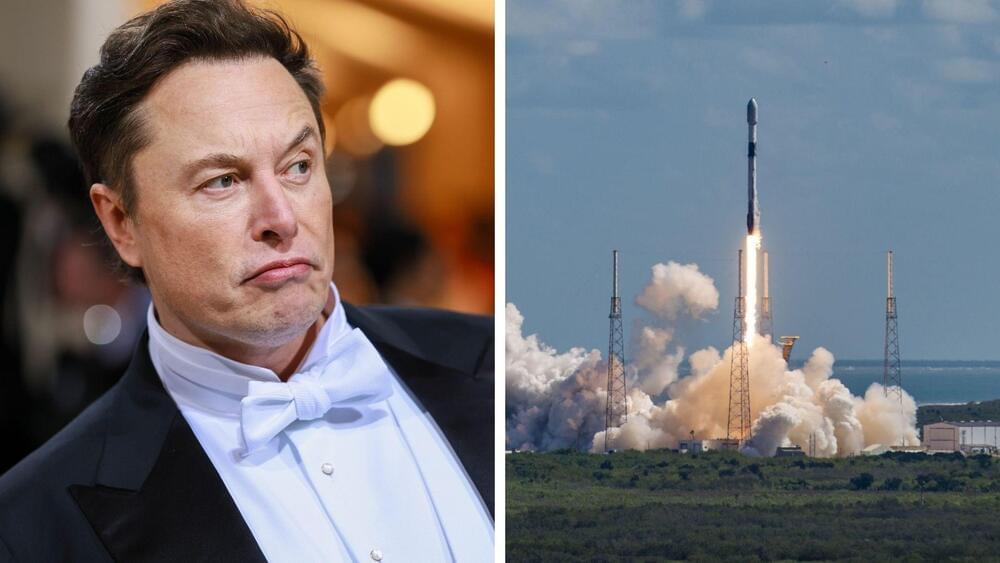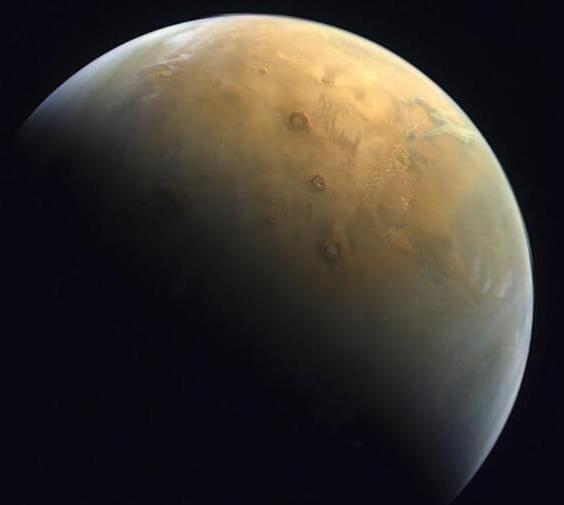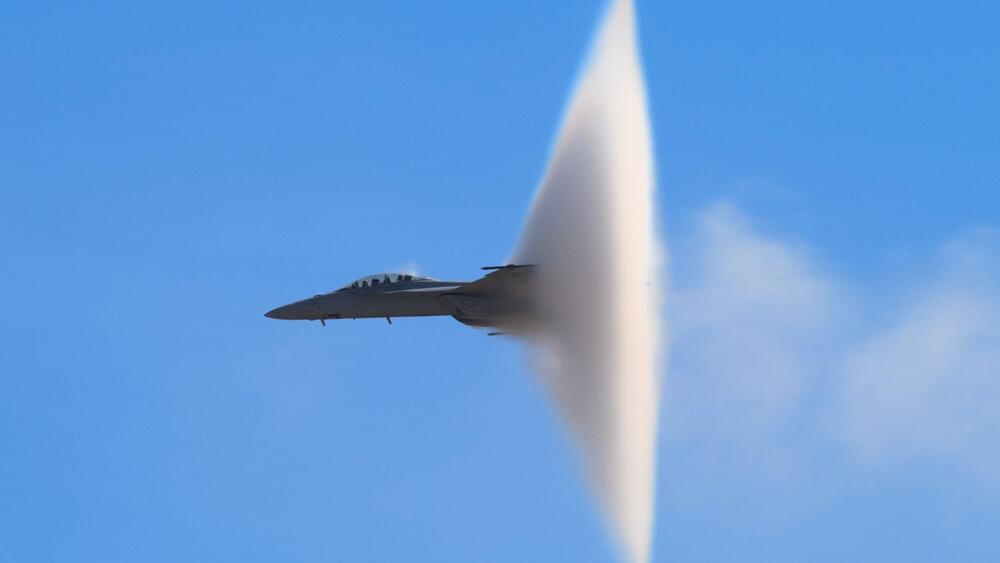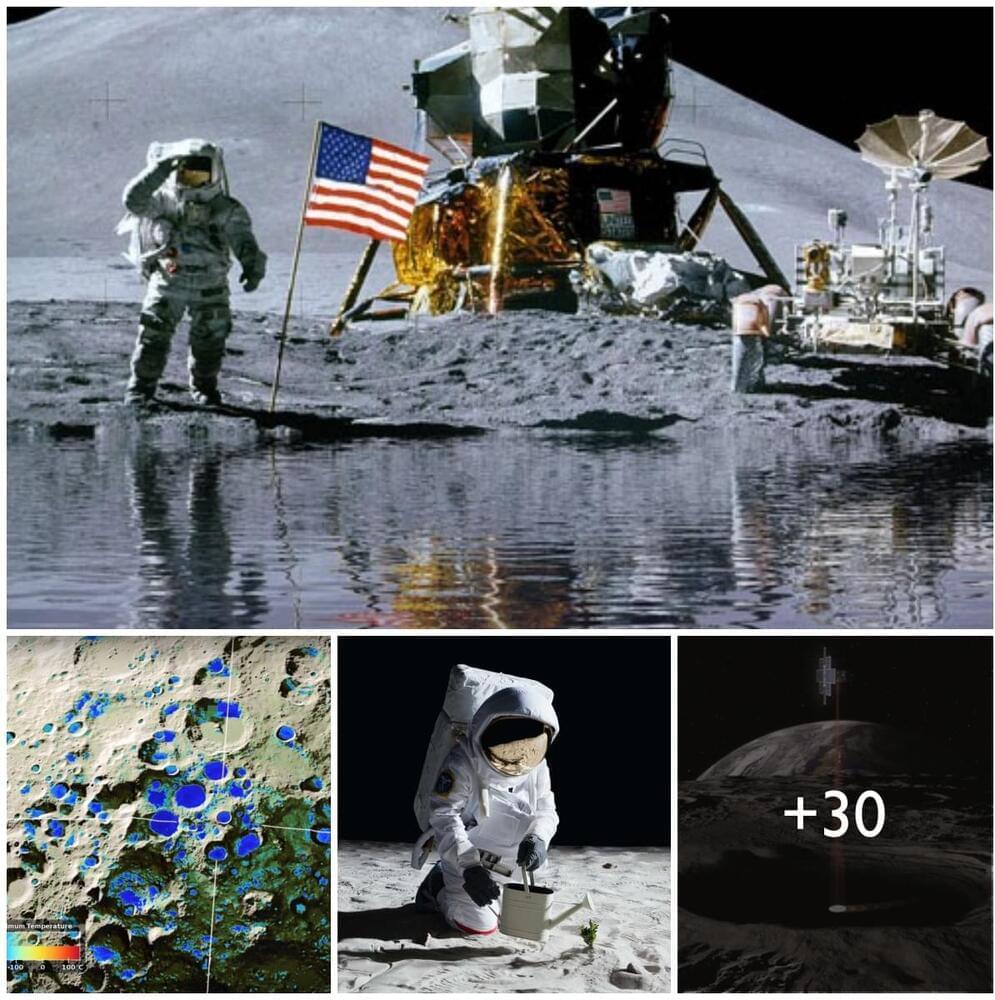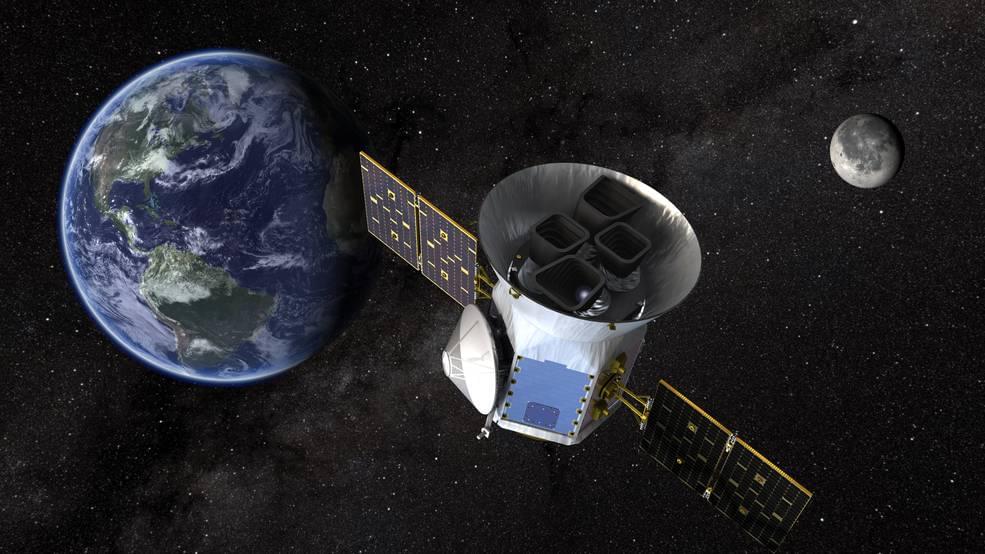Mar 13, 2023
Starlink faces competition, OneWeb one launch away from global internet
Posted by Gemechu Taye in categories: biotech/medical, Elon Musk, finance, internet, satellites
The firm faced financial collapse during the pandemic but is now serving customers in 15 countries.
U.K.-based OneWeb is one launch away from having enough satellites in orbit to cover the entire expanse of the Earth. Once ready, Elon Musk’s Starlink won’t be the only company offering such as service, the BBC
Continue reading “Starlink faces competition, OneWeb one launch away from global internet” »
